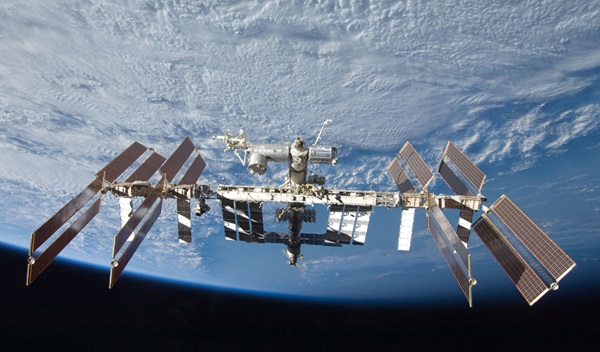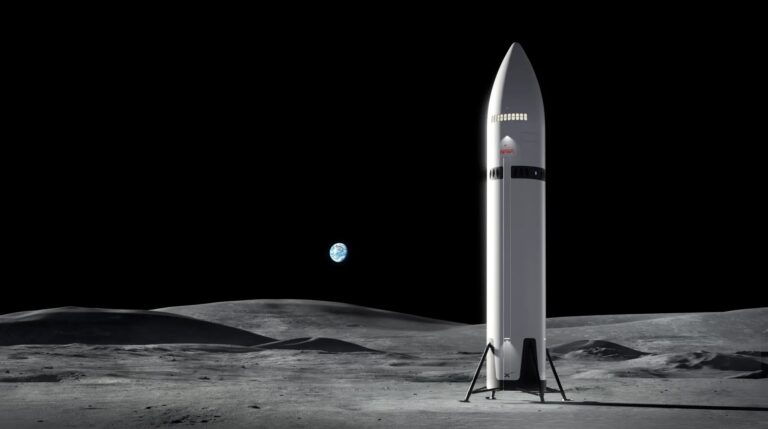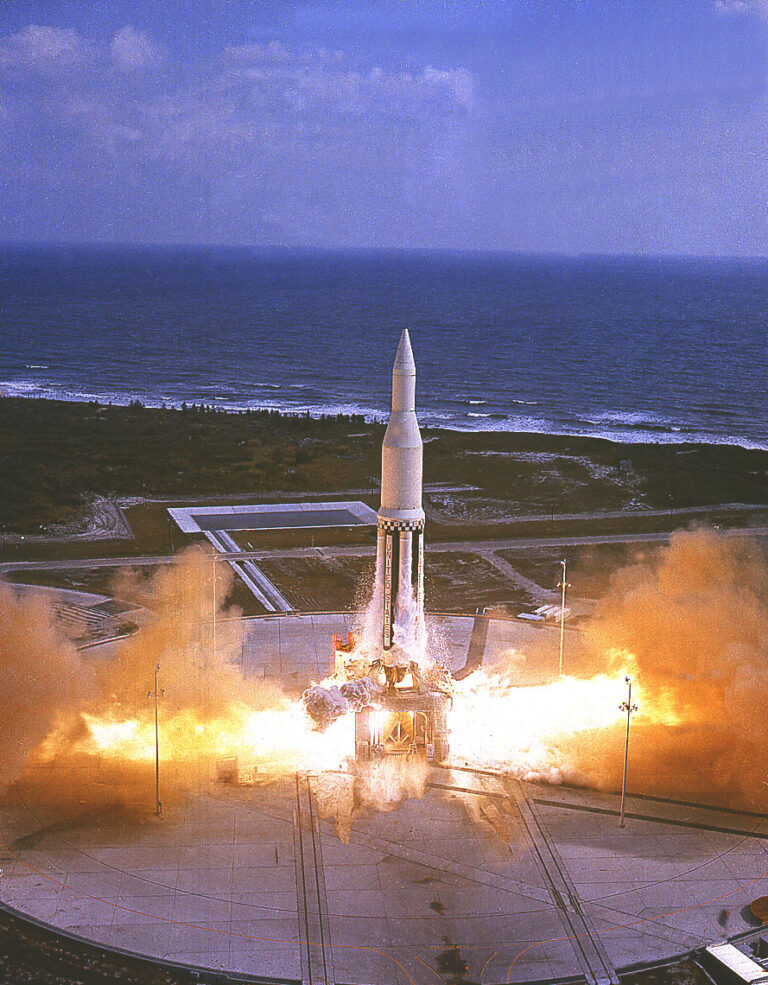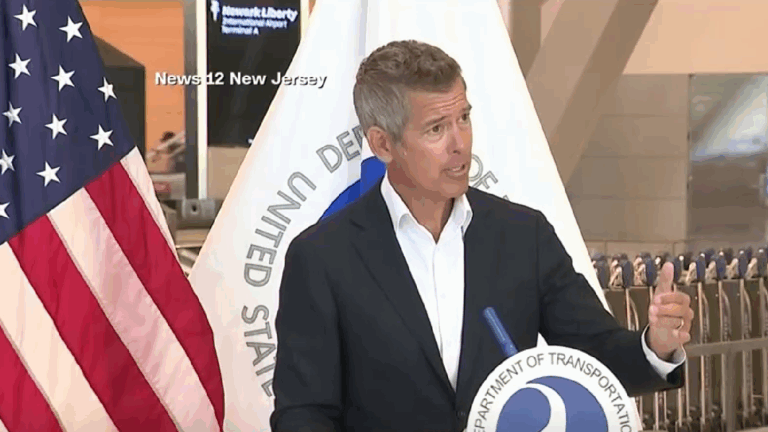Key Takeaways:
- The International Space Station (ISS) is intentionally maintained in a non-rotating state to provide a unique and stable microgravity environment for scientific research.
- This sustained microgravity facility supports a diverse array of disciplines, from material science to microbiology, enabling novel research outcomes unavailable elsewhere.
- Implementing artificial gravity, despite its technical challenges, would negate the ISS's primary function as a dedicated microgravity research platform.
- Adverse physiological effects experienced by astronauts in microgravity, such as bone loss and muscle atrophy, contribute to fundamental insights into human biological mechanisms with terrestrial applications.
The International Space Station is a one-of-a-kind lab-oratory for a specific reason: microgravity. There is no other facility in existence that allows humans to conduct research in a sustained and stable microgravity environment where many disciplines, from material science to microbiology, encounter exciting new results.
Creating artificial gravity, which comes with a number of technical constraints, would eliminate this unique asset. Even the adverse effects astronauts experience while living in microgravity, like bone loss and muscle atrophy, help teach us about the fundamental mechanisms inside our bodies, which leads to benefits for those of us still down on Earth.
Daniel Huot
NASA press officer
Houston
NASA press officer
Houston










